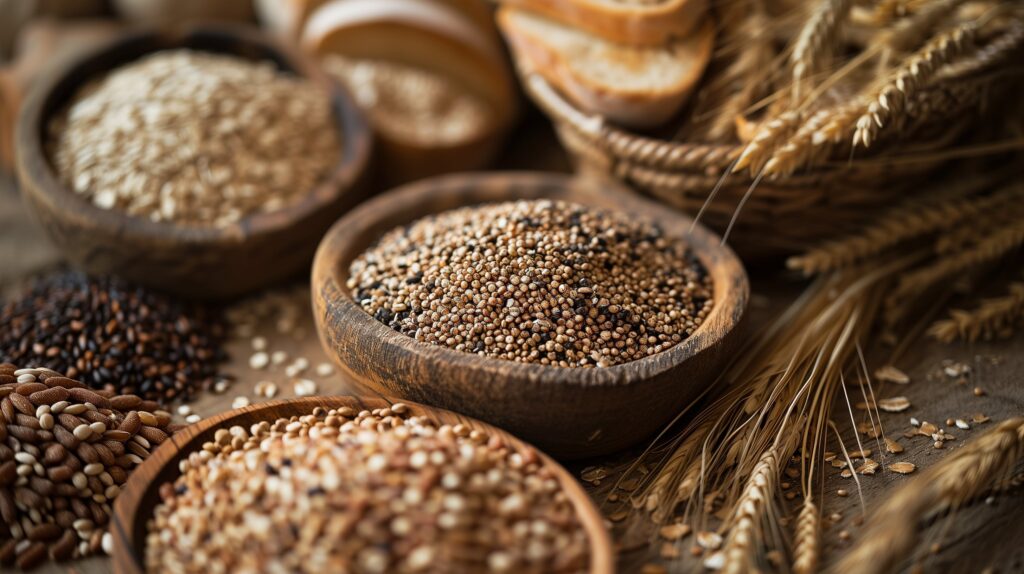Table of Contents
The role of whole grains in maintaining a healthy heart cannot be overstated. In a world where refined grains dominate our diets, making a conscious shift to whole grains can have profound health benefits. Whole grains are not just a source of energy; they are a vital source of dietary fiber, vitamins, and minerals that actively contribute to heart health.
Understanding Whole Grains and Their Benefits
Whole grains are the seeds of cereal plants that contain all three key parts: the bran, germ, and endosperm. Each part of the grain contributes unique nutritional benefits. The bran, for example, is rich in fibers and antioxidants, the germ holds essential fatty acids and vitamins, while the endosperm is packed with carbohydrates and proteins.
The inclusion of whole grains in our diet has been linked to a lower risk of heart diseases. The dietary fiber found in these grains plays a crucial role in controlling blood cholesterol levels. This fiber binds with cholesterol in the digestive system, causing it to be excreted rather than absorbed. This process helps in reducing the levels of LDL (bad) cholesterol, a known contributor to heart disease.
The Impact of Whole Grains on Weight Management
Another significant advantage of whole grains is their role in weight management. The high fiber content in whole grains adds bulk to your diet, which makes you feel full faster and for a longer period. This satiety can help prevent overeating and aid in weight loss or maintenance, indirectly contributing to heart health.
How to Incorporate Whole Grains in Your Diet
- Breakfast Choices: Start your day with whole-grain cereals, oats, or bread. These options provide long-lasting energy and keep you full until lunch.
- Smart Swaps: Substitute white bread, pasta, and rice with whole-grain alternatives. This simple swap can significantly increase your daily fiber intake.
- Experiment with Diverse Grains: Try grains like quinoa, barley, and buckwheat. These grains can be used in salads, soups, or as side dishes and are a great way to add variety to your meals.
Whole Grains in Every Meal

- Breakfast Ideas: Whole grain pancakes, oatmeal with nuts and fruits, or whole-grain toast with avocado.
- Lunch Suggestions: Quinoa salad with mixed vegetables, whole grain wraps with lean protein and greens, or barley soup.
- Dinner Options: Stir-fried brown rice with vegetables, whole grain pasta with tomato sauce and vegetables, or a side of farro with grilled fish or chicken.
Further Resources for a Whole Grain Diet
- MyPlate Food Groups: Grains
- Mayo Clinic – Whole Grains: Hearty Options for a Healthy Diet
- The Nutrition Source – Whole Grains
Conclusion
Embracing whole grains is a simple yet effective way to enhance your heart health. These grains not only reduce the risk of heart disease but also play a vital role in weight management and overall well-being. By incorporating whole grains into every meal and tracking your progress with “My Heartlet” you’re taking proactive steps towards a healthier heart and a healthier you.
